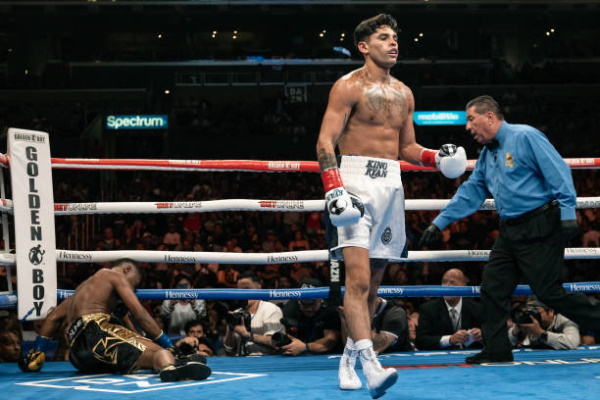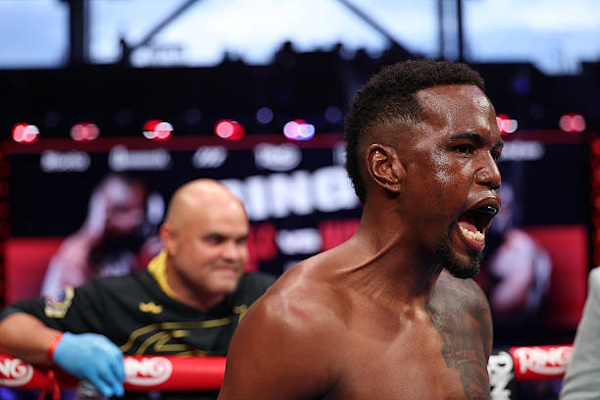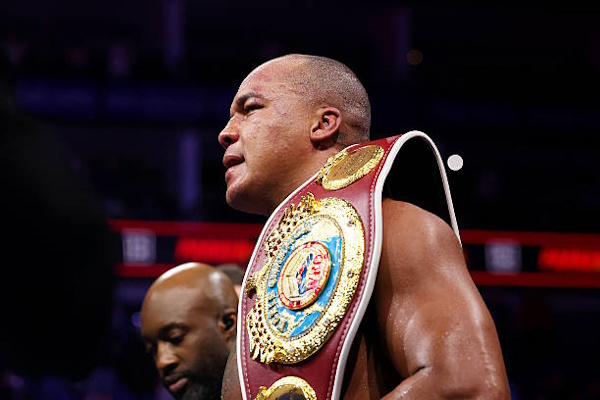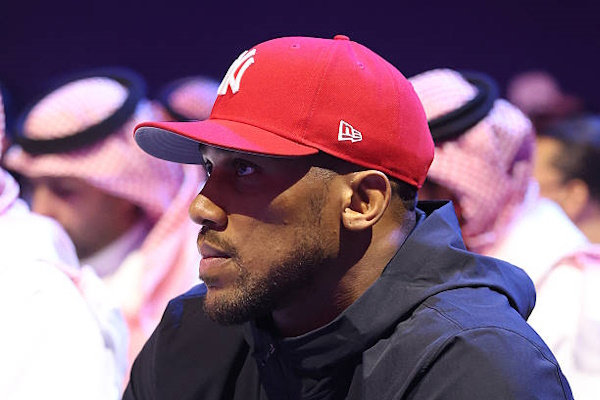Former Lightweight WBC world interim champion Ryan Garcia (23-0, 19 KO’s) has put out a series of messages on Twitter surrounding the state of boxing. Specifically, he vented his frustrations at the negotiations for his potential fight with Gervonta Davis (27-0, 25 KO’s), which seem to be dragging on without any viable agreement.
With the latest reports on negotiations between Garcia and Davis involving disagreement over which network the fight should be aired on, Ryan Garcia’s frustrations seem understandable. The Californian-born fighter lamented that while other sports seem to have ‘player empowerment’, the sport of boxing seems to lack any such concept, as a fighter’s rights (usually pertaining to fighting another boxer) are usually not met. Understandably, the promotions that set up fights do not want to risk their own fighter losing to another boxer that is considered to be on the same level, as this would decrease the amount of money the losing fighter would be able to make on his next fight, thus thinning out the promoter’s own earnings who receives a percentage out of their fighter’s profits.
3- Everyone talks about player empowerment in the NBA and other sports leagues…it’s time to have a REAL conversation about player empowerment in pro boxing.
— RYAN GARCIA (@RyanGarcia) October 28, 2022
However, losses are a natural part of any legitimate sport and do not necessarily impact profits to the point that promoters should fear a significant loss in their boxers’ earnings. As boxing is a competition – just like any other sport – a fighter that loses will always have the chance to regain his status, and therefore his earnings. Boxing in particular, has been popularized by movies such as ‘Rocky‘ and ‘The Fighter‘, movies that have been built around characters overcoming an underdog status and whatever losses they suffered in or outside the ring, to accomplish amazing victories. In reality, the sport itself has seen its fair share of the same type of stories, from Sugar Ray Leonard beating Roberto Durán – after suffering a UD loss to Durán in their first bout – to the point of submission in their highly popular second match, to Muhammad Ali fighting off years of ring rust as a result of staying out of boxing – for refusing to be drafted in the Vietnam War – to eventually become a world Heavyweight champion once more.
In other sports, though wins drive the profits of an athlete or a professional sports team, losses are an accepted part of the sports industry as they’re realistically unavoidable. In many other fields itself, losses are used as a means to improve, rather than to hide from. But instead of adopting a logical approach to the eventuality of losses, boxing promoters seem to have adopted the view that a loss on their fighter’s record is too debilitating for their career, so most don’t try to match their best fighter with other fighters who are considered just as good or better.
The result of this approach is not just that the best fights aren’t made, but that competition grows stale and weaker over time as any athlete or team is required to face the best, in order to be the best. Strong competition in other sports is a common occurrence, usually by way of tournaments that will organically match the best available competitors with each other as the competition progresses, but the sport of boxing is made differently.
Professional boxing doesn’t employ tournaments – except for in rare cases where the WBSS (World Boxing Super Series) is held – and fighters are matched with other promoters according to their position on the ranking boards, but also the profit that can be made. For example, if Fighter A earns twice as much from fighting Fighter C, who may not necessarily be as good as Fighter B but offers more in the way to ticket sales and such, the promoter will often choose Fighter C – the ‘lesser’ opponent in this sense – than Fighter B who may not be as popular – and thus fighting him is not as profitable – as the other fighter.
Then, as referenced earlier, because the sport of boxing hasn’t been properly organized with a year-round competition that challenges every competitor, matches between two good fighters who are on separate promotions can cause issues as these promotions can be tied to contracts with different networks, therefore barring fights from happening due to the construct of contracts. At other times – like the Sports Illustrated article referenced – promotions simply refuse to work with other promotions because they want the other party to give in to their demands, which in this case with Garcia vs. Davis pertains to Floyd Mayweather (Gervonta Davis’ promoter) wishing the fight to be aired on Showtime rather than DAZN – who is affiliated with Garcia’s promoter Golden Boy, owned by former multi-weight champion Oscar De La Hoya.
1- I want to fight Tank and Tank wants to fight me. This fight is what boxing NEEDS right now! I accepted all the terms on my side and instructed my team to get it done exactly as offered. The fans deserve this fight…our sport needs this fight.
— RYAN GARCIA (@RyanGarcia) October 28, 2022
Oftentimes, it seems like boxers do want to fight the best and therefore each other, but their promoters seem to harbor different intentions. It is important to note that while boxers are known as prizefighters, boxing is a sport like any other and money is not just the only motivator that urges fighters to compete. Promoters however, are not driven by competition but by profits, and it is safe to assume they will direct their fighters’ careers for them to make more money, rather than fighting the best available.
The solution to all this may be simpler than one would think; an official competition held yearly where every ranked – and even unranked – professional boxer can participate in, based on a tournament format. Tournament formats – a format where a team or athlete gradually move on in the competition to enter the final rounds, usually involving a quarter and semi-final – seem to be the accepted system set up for most professional and amateur sports, as it tends to be the most viable method to encourage competition and profit at the same time – in the case of professional institutions. Virtually every other sport aside from fighting sports use this format, and even the amateur ranks of boxing is almost completely comprised out of this format with every amateur boxing competition coming in the form of tournaments, especially the more recognizable tournaments such as the Olympics and AIBA World Championships.
The lack of use of this format in pro boxing has – coincidentally – led to the rise of promotions who made a bridge between fighters and boxing fans by their ability to arrange and market fights to the masses. Now, promoters are a nearly authoritarian when it comes to their influence, and there is a clear pattern where the best fights in boxing seem to be hampered by what promotions think make fights profitable for their own fighters.
Ryan Garcia has highlighted one of the more pervasive problems in boxing, and he – like many other boxers – will have to genuinely put in the work to ensure that boxers get the fights they want. Just like how the NBA – as he referenced earlier – created their labor union in the NBPA (National Basketball Players Association), so do boxers need to put in the effort to create a union for themselves, and therefore ensure that they, along with past and future generations, can enjoy the fruits of their labor.



